follow up




Recognize it from Rodin Math

a fractal construct has an 'efficient function', it has a fractal ergonomy to them, they function on multiple levels and in multiple dimensions: 


Cosmic Laws
Gurdjieff focused on two main cosmic laws, the Law of Three and the Law of Seven[citation needed]. (remember St Augustine )
The Law of Seven ( as in Seven Principles ) is described by Gurdjieff as "the first fundamental cosmic law". This law is used to explain processes. The basic use of the law of seven is to explain why nothing in nature and in life constantly occurs in a straight line, that is to say that there are always ups and downs in life which occur lawfully. Examples of this can be noticed in athletic performances, where a high ranked athlete always has periodic downfalls, as well as in nearly all graphs that plot topics that occur over time, such as the economic graphs, population graphs, death-rate graphs and so on. All show parabolic periods that keep rising and falling. Gurdjieff claimed that since these periods occur lawfully based on the law of seven that it is possible to keep a process in a straight line if the necessary shocks were introduced at the right time. A piano keyboard is an example of the law of seven, as the seven notes of the major scale correspond exactly to it.
) is described by Gurdjieff as "the first fundamental cosmic law". This law is used to explain processes. The basic use of the law of seven is to explain why nothing in nature and in life constantly occurs in a straight line, that is to say that there are always ups and downs in life which occur lawfully. Examples of this can be noticed in athletic performances, where a high ranked athlete always has periodic downfalls, as well as in nearly all graphs that plot topics that occur over time, such as the economic graphs, population graphs, death-rate graphs and so on. All show parabolic periods that keep rising and falling. Gurdjieff claimed that since these periods occur lawfully based on the law of seven that it is possible to keep a process in a straight line if the necessary shocks were introduced at the right time. A piano keyboard is an example of the law of seven, as the seven notes of the major scale correspond exactly to it.
The Law of Three is described by Gurdjieff as "the second fundamental cosmic law". This law states that every whole phenomenon is composed of three separate sources, which are Active, Passive[disambiguation needed ] and Reconciling or Neutral (6 3 9 ). This law applies to everything in the universe and humanity, as well as all the structures and processes. The Three Centers in a human, which Gurdjieff said were the Intellectual Centre, the Emotional Centre and the Moving Centre, are an expression of the law of three. Gurdjieff taught his students to think of the law of three forces as essential to transforming the energy of the human being. The process of transformation requires the three actions of affirmation, denial and reconciliation.
How the Law of Seven and Law of Three function together is said to be illustrated on the Fourth Way Enneagram, a nine-pointed symbol which is the central glyph of Gurdjieff's system.
Gurdjieff focused on two main cosmic laws, the Law of Three and the Law of Seven[citation needed]. (remember St Augustine )
The Law of Seven ( as in Seven Principles
 ) is described by Gurdjieff as "the first fundamental cosmic law". This law is used to explain processes. The basic use of the law of seven is to explain why nothing in nature and in life constantly occurs in a straight line, that is to say that there are always ups and downs in life which occur lawfully. Examples of this can be noticed in athletic performances, where a high ranked athlete always has periodic downfalls, as well as in nearly all graphs that plot topics that occur over time, such as the economic graphs, population graphs, death-rate graphs and so on. All show parabolic periods that keep rising and falling. Gurdjieff claimed that since these periods occur lawfully based on the law of seven that it is possible to keep a process in a straight line if the necessary shocks were introduced at the right time. A piano keyboard is an example of the law of seven, as the seven notes of the major scale correspond exactly to it.
) is described by Gurdjieff as "the first fundamental cosmic law". This law is used to explain processes. The basic use of the law of seven is to explain why nothing in nature and in life constantly occurs in a straight line, that is to say that there are always ups and downs in life which occur lawfully. Examples of this can be noticed in athletic performances, where a high ranked athlete always has periodic downfalls, as well as in nearly all graphs that plot topics that occur over time, such as the economic graphs, population graphs, death-rate graphs and so on. All show parabolic periods that keep rising and falling. Gurdjieff claimed that since these periods occur lawfully based on the law of seven that it is possible to keep a process in a straight line if the necessary shocks were introduced at the right time. A piano keyboard is an example of the law of seven, as the seven notes of the major scale correspond exactly to it.The Law of Three is described by Gurdjieff as "the second fundamental cosmic law". This law states that every whole phenomenon is composed of three separate sources, which are Active, Passive[disambiguation needed ] and Reconciling or Neutral (6 3 9 ). This law applies to everything in the universe and humanity, as well as all the structures and processes. The Three Centers in a human, which Gurdjieff said were the Intellectual Centre, the Emotional Centre and the Moving Centre, are an expression of the law of three. Gurdjieff taught his students to think of the law of three forces as essential to transforming the energy of the human being. The process of transformation requires the three actions of affirmation, denial and reconciliation.
How the Law of Seven and Law of Three function together is said to be illustrated on the Fourth Way Enneagram, a nine-pointed symbol which is the central glyph of Gurdjieff's system.



Use of symbols
In his explanations Gurdjieff often used different symbols such as the Enneagram and the Ray of Creation. Gurdjieff said that "the enneagram is a universal symbol. All knowledge can be included in the enneagram and with the help of the enneagram it can be interpreted ... A man may be quite alone in the desert and he can trace the enneagram in the sand and in it read the eternal laws of the universe. And every time he can learn something new, something he did not know before."[27] The ray of creation is a diagram which represents the Earth's place in the Universe. The diagram has eight levels, each corresponding to Gurdjieff's laws of octaves.
Through the elaboration of the law of octaves and the meaning of the enneagram, Gurdjieff offered his students alternative means of conceptualizing the world and their place in it.
In his explanations Gurdjieff often used different symbols such as the Enneagram and the Ray of Creation. Gurdjieff said that "the enneagram is a universal symbol. All knowledge can be included in the enneagram and with the help of the enneagram it can be interpreted ... A man may be quite alone in the desert and he can trace the enneagram in the sand and in it read the eternal laws of the universe. And every time he can learn something new, something he did not know before."[27] The ray of creation is a diagram which represents the Earth's place in the Universe. The diagram has eight levels, each corresponding to Gurdjieff's laws of octaves.
Through the elaboration of the law of octaves and the meaning of the enneagram, Gurdjieff offered his students alternative means of conceptualizing the world and their place in it.

Recognize it from Rodin Math


Origins
Ouspensky claimed in In Search of the Miraculous that the enneagram was part of the teachings originally presented by G.I. Gurdjieff in Russia during the First World War. Gurdjieff is quoted by Ouspensky as claiming that this form of enneagram was an ancient secret and was now being partly revealed for the first time.[1]
Although no earlier publication of the Fourth Way version of the enneagram can be cited, it has been proposed that it may derive from, or be cognate to, the Jewish Tree of Life (Kabbalah) as used in Renaissance Hermeticism (which used an enneagram of three interlocking triangles, also called a nonagram)[2] or a nine-pointed figure used by the Christian medieval philosopher Ramon Llull.[2]
Idries Shah, a populariser of Sufism, has claimed that the enneagram has a Sufi provenance and that it has also been long known in coded form disguised as an octagram.[3] Another claim to a Sufi provenance is offered by the Sufi Enneagram website.
Robin Amis claims an Orthodox Christian origin, claiming that both Gurdijeff and Ouspensky developed their teaching with insights gained from visits to Mount Athos.[4]
Another proposal suggests the diagram is a map of the chakras from yogic schools. [5]
Ouspensky claimed in In Search of the Miraculous that the enneagram was part of the teachings originally presented by G.I. Gurdjieff in Russia during the First World War. Gurdjieff is quoted by Ouspensky as claiming that this form of enneagram was an ancient secret and was now being partly revealed for the first time.[1]
Although no earlier publication of the Fourth Way version of the enneagram can be cited, it has been proposed that it may derive from, or be cognate to, the Jewish Tree of Life (Kabbalah) as used in Renaissance Hermeticism (which used an enneagram of three interlocking triangles, also called a nonagram)[2] or a nine-pointed figure used by the Christian medieval philosopher Ramon Llull.[2]
Idries Shah, a populariser of Sufism, has claimed that the enneagram has a Sufi provenance and that it has also been long known in coded form disguised as an octagram.[3] Another claim to a Sufi provenance is offered by the Sufi Enneagram website.
Robin Amis claims an Orthodox Christian origin, claiming that both Gurdijeff and Ouspensky developed their teaching with insights gained from visits to Mount Athos.[4]
Another proposal suggests the diagram is a map of the chakras from yogic schools. [5]

The Fourth Way enneagram is a figure published in 1947 in In Search of the Miraculous by P.D. Ouspensky, and an integral part of the so-called Fourth Way esoteric system associated with George Gurdjieff. The term "enneagram" derives from two Greek words, ennea (nine) and grammos (something written or drawn).
The enneagram is a nine-pointed figure usually inscribed within a circle. Within the circle is a triangle connecting points 9, 3 and 6. The inscribed figure resembling a web connects the other six points in a cyclic figure 1-4-2-8-5-7. This number is derived from or corresponds to the recurring decimal .142857 = 1/7. These six points together with the point numbered 9 are said to represent the main stages of any complete process, and can be related to the notes of a musical octave, 9 being equivalent to "Do" and 1 to "Re" etc. The points numbered 3 and 6 are said to represent "shock points" which affect the way a process develops. The internal lines between the points; that is, the three point figure and the six point figure, are said to show certain non-obvious connections, although here very little elucidation is offered.
The enneagram is a nine-pointed figure usually inscribed within a circle. Within the circle is a triangle connecting points 9, 3 and 6. The inscribed figure resembling a web connects the other six points in a cyclic figure 1-4-2-8-5-7. This number is derived from or corresponds to the recurring decimal .142857 = 1/7. These six points together with the point numbered 9 are said to represent the main stages of any complete process, and can be related to the notes of a musical octave, 9 being equivalent to "Do" and 1 to "Re" etc. The points numbered 3 and 6 are said to represent "shock points" which affect the way a process develops. The internal lines between the points; that is, the three point figure and the six point figure, are said to show certain non-obvious connections, although here very little elucidation is offered.


Enneagram representing the evolution of food with "self remembering" at point 6







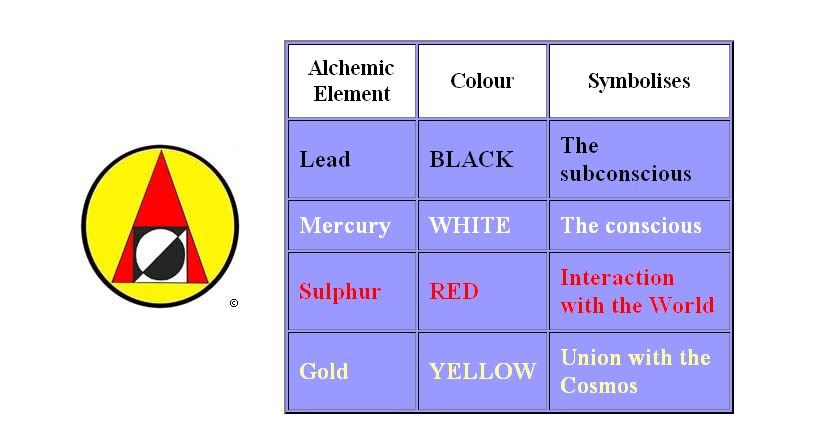



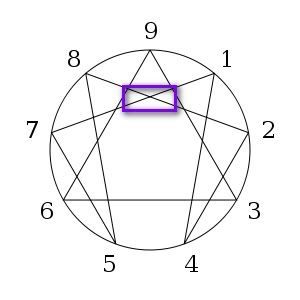

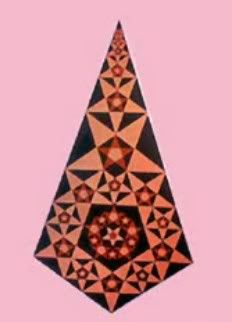
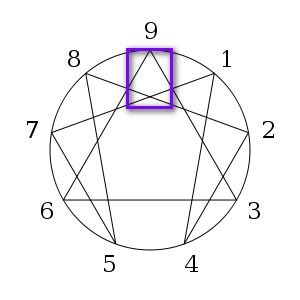
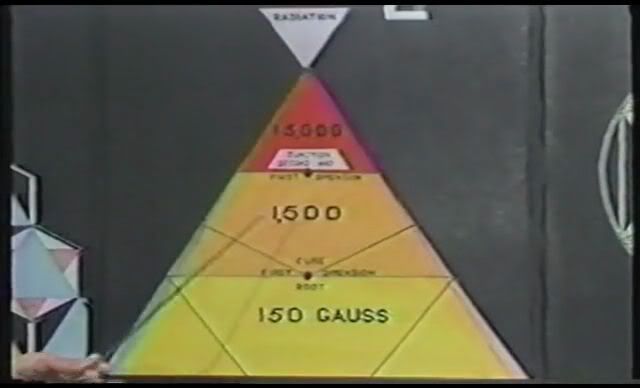

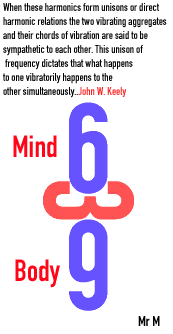
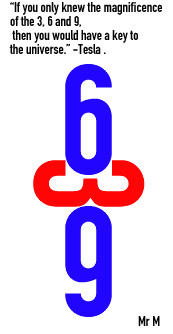
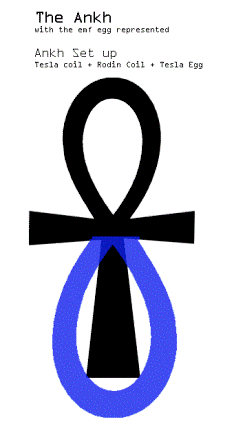

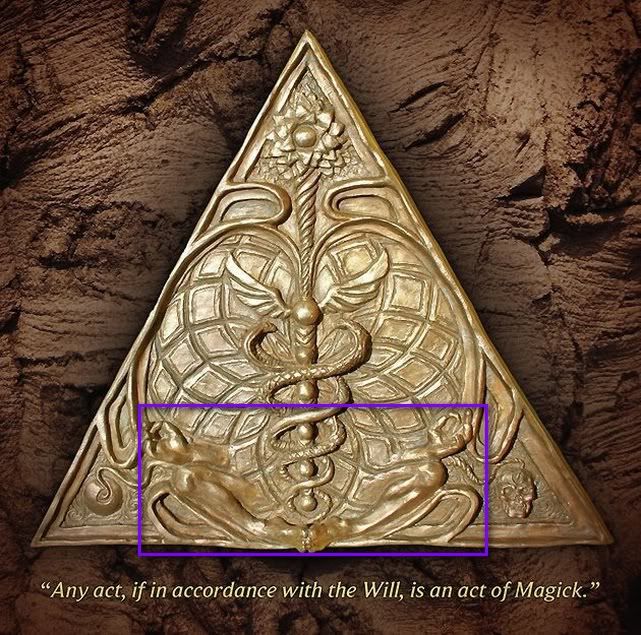
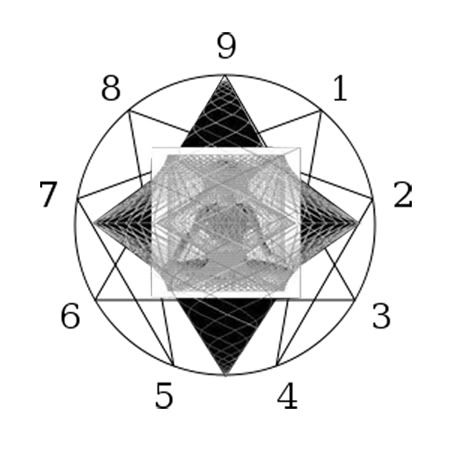


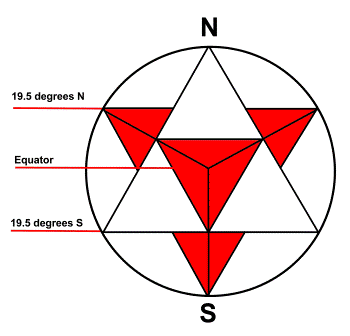


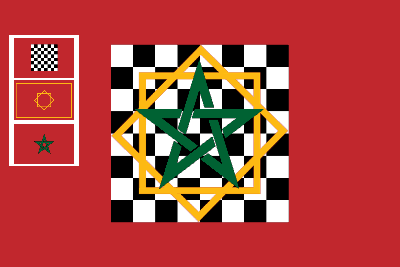



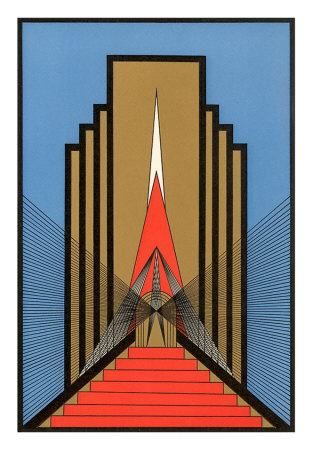



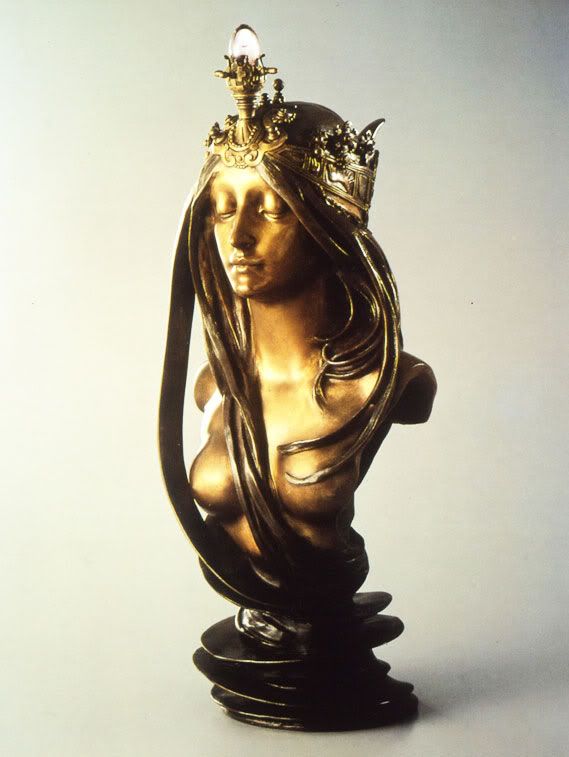






Comment